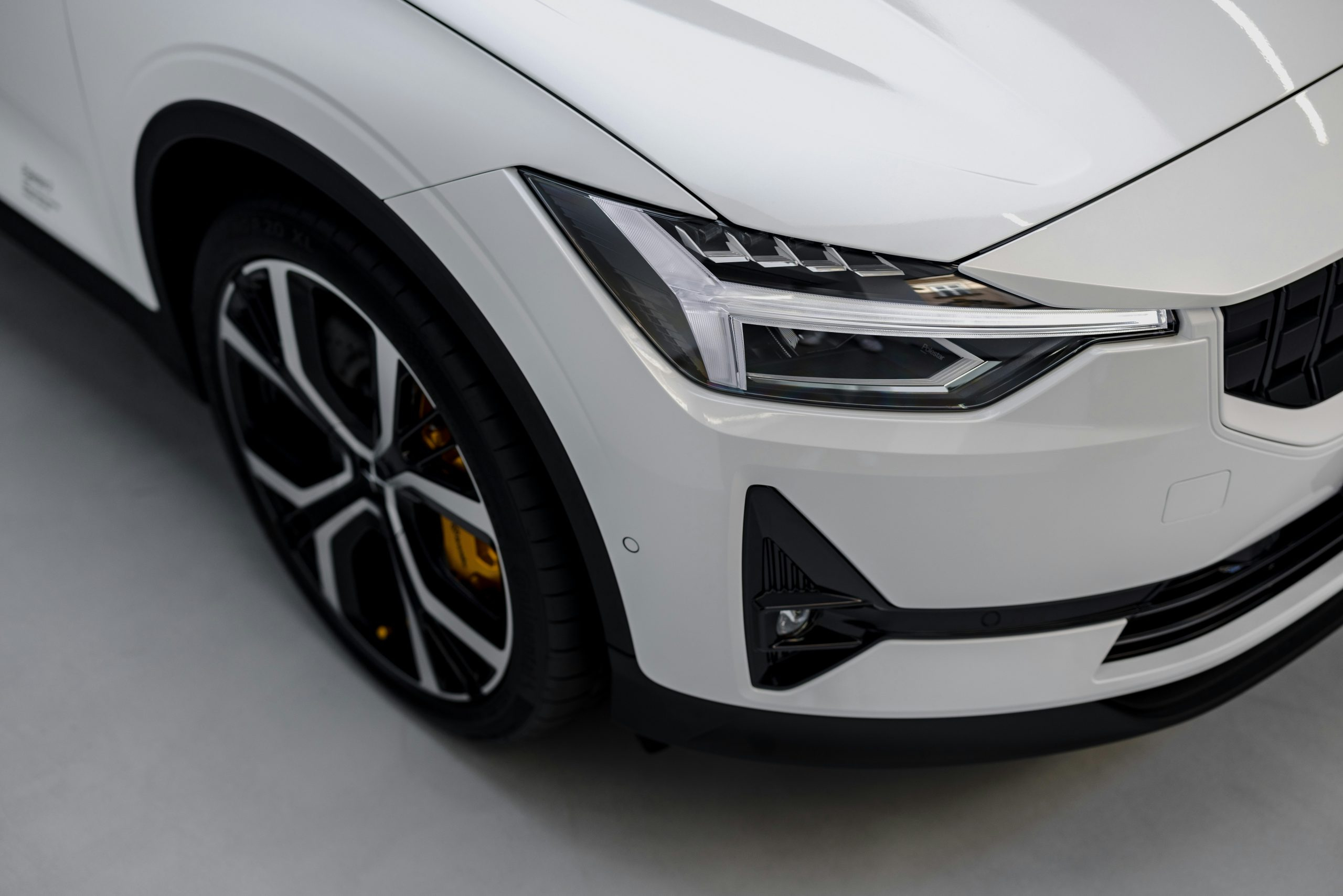How Aerodynamics Shape Modern Performance Car Design
The world of performance cars is all about power, speed, and precision. From the iconic Ferrari to the more recent Bugatti Chiron, these machines are designed to break records and turn heads wherever they go. But what sets these cars apart from the rest? The answer lies in their aerodynamic design. The sleek curves and sharp edges of a modern performance car are not just for show, they are carefully crafted to optimize the car’s performance. In this article, we’ll take a closer look at how aerodynamics shape modern performance car design and why it’s such a crucial aspect in the world of high-performance automobiles.
The Basics of Aerodynamics
First, let’s establish what exactly we mean by aerodynamics. It’s the study of how air flows around objects, and how different shapes and surfaces can affect this flow. For a performance car, this is a crucial factor as air resistance, or drag, can significantly impact its speed and fuel efficiency. Therefore, engineers and designers must work together to create a design that minimizes drag and maximizes downforce.
The Role of Downforce
So, how does downforce affect a performance car’s performance? Let’s break it down. Downforce is the force that pushes a car downwards, keeping it glued to the ground. This is especially important for high-speed turns, where a car needs utmost stability and grip. Without downforce, the car would lift off the ground and lose control, resulting in a potential disaster. Thus, the more downforce a car has, the better its grip and cornering capabilities, ultimately leading to better performance on the track.
The Shape Matters
When it comes to aerodynamics, every curve, crease, and cut matters. A performance car’s design is not just about looking good; every design element serves a specific purpose. Take, for example, the air vents and scoops on the bodywork. These are strategically placed to direct the airflow and reduce drag. The shape and angle of the hood, roof, and spoiler also play a significant role in controlling the air and generating downforce.
The Power of the Rear Wing
One crucial aspect of performance car design is the inclusion of a rear wing. This protruding, adjustable wing may seem like an added aesthetic, but it serves a crucial function. As the car moves, air flows over and under the wing, creating a difference in pressure. This pressure difference pushes the car downwards, generating more downforce and increasing stability. With the ability to adjust the angle of the rear wing, drivers can fine-tune the downforce to suit different track conditions and driving styles.
The Evolution of High-Performance Aerodynamics
As technology advances and the need for speed increases, the world of high-performance aerodynamics is always evolving. The introduction of advanced computer simulation and wind tunnel testing has allowed designers to push the boundaries of what’s possible. With intricate details and designs, manufacturers can create highly aerodynamic cars that break speed records and set new standards in performance.
The Influence of Motorsport
Performance cars and motorsports go hand-in-hand. The competitive nature of racing has led to continuous innovations in aerodynamics. The famous Le Mans Prototype (LMP) cars are a perfect example of how aerodynamics have shaped performance car design. These cars are built for one purpose – maximum speed and efficiency on the track. With their distinctive, low-slung bodywork and huge rear fins, LMP cars have become a symbol of aerodynamic excellence in the automotive world.
The Future of Aerodynamics in Performance Cars
As we move towards a more sustainable future, the automotive industry is also shifting its focus towards electric and hybrid performance cars. With these advancements, aerodynamics will play an even more significant role in performance and efficiency. In the pursuit of range and speed, manufacturers will strive to design cars with minimal drag and maximum downforce.
In Conclusion
From its humble beginnings of reducing air resistance, aerodynamics has become a crucial aspect of modern performance car design. The delicate balance between efficiency and speed is dependent on a car’s ability to cut through the air with minimal drag and generate downforce. With every new model, manufacturers push the limits of what’s possible, resulting in groundbreaking designs and record-breaking performances. So the next time you see a high-performance car zoom past, take a moment to appreciate the engineering and precision that goes into its aerodynamic design.











